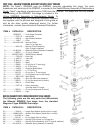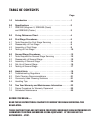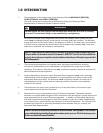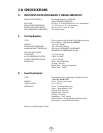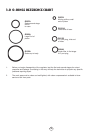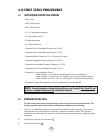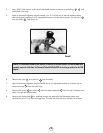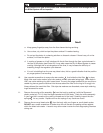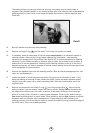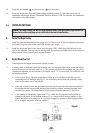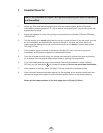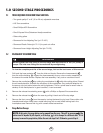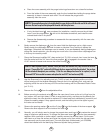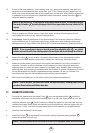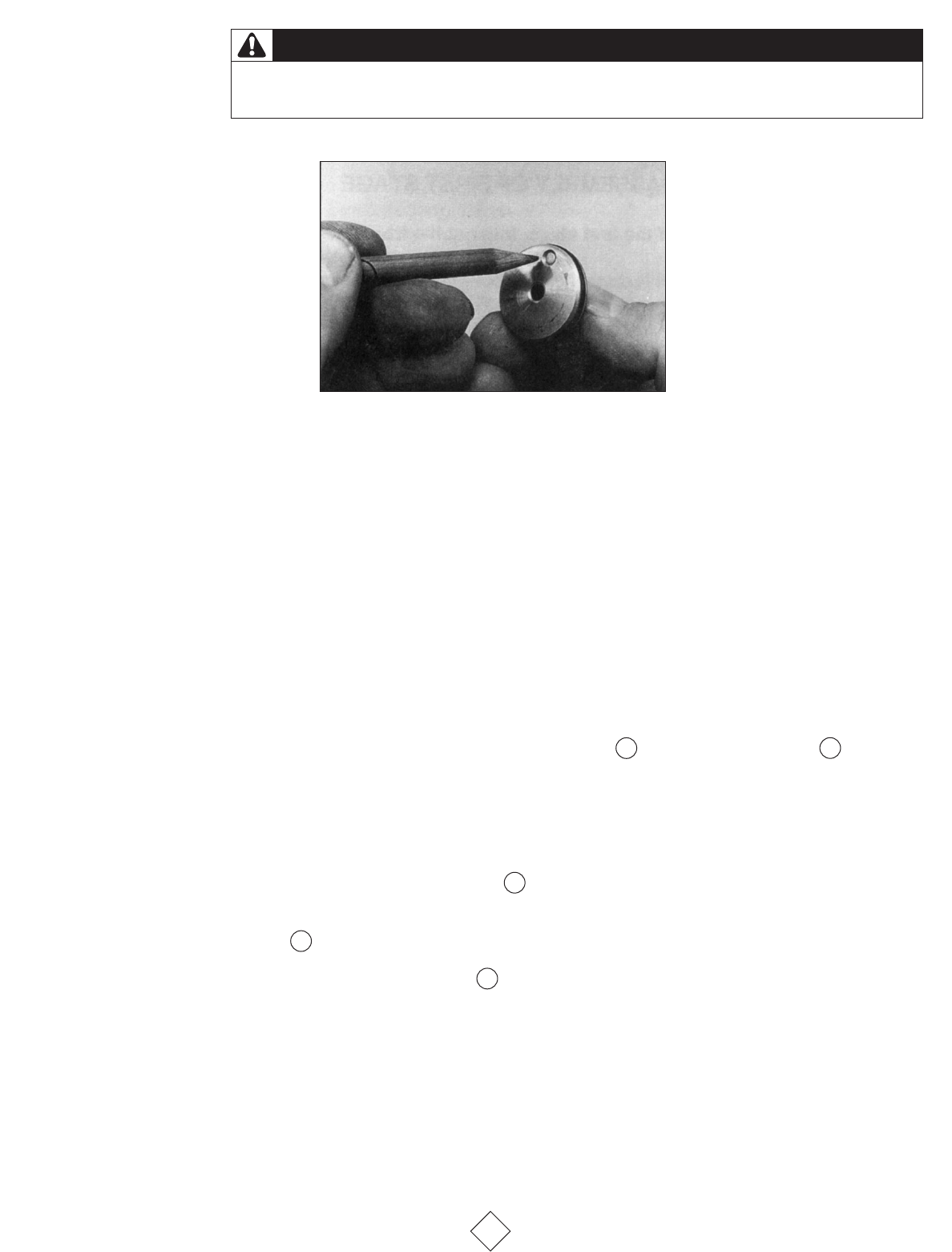
a. Keep greasy fingertips away from the flow element during servicing.
b. Use a clean, dry cloth to wipe the piston surface if it needs cleaning.
c. Do not put the piston in a cleaning solution or ultrasonic cleaner. If there is any oil on the
surface, it will coat the piston.
d. A coating of grease or oil will interfere with the air flow through the flow control element in
the face of the piston (see Photo #2). It may also cause the Dry Air Bleed System to cease
working. Although this is not dangerous to the diver, it may increase the difficulty of
breathing though the regulator upon descent.
e. If no air is bubbling from the one-way bleed valve, this is a good indication that the positive
air purge system is not working.
10. Use a pocket screwdriver to remove the star washer that holds the inlet filter in place.
Most units used a star washer (a flat disc washer with six outwards facing legs) Units made in
1997 use a wire retaining ring with inward hook. The only first stage bodies that can use this re-
usable ring have a groove machined into the area above the filter for the ring to fit snugly into.
Always discard the used inlet filter. Old style star washers are discarded, newer style retaining
rings are saved for reuse.
11. Remove the moving orifice assembly from the body by pushing it with the Sherwood
plastic probe (p/n TL111) from the large threaded end of the body. Catch the orifice assembly
in your hand as it comes out the yoke nut thread end of the body. Carefully inspect the disc
springs for any cracks. Replace all five disc springs if any cracks are found.
12. Remove the one way bleed valve from the body with your fingers or a soft plastic probe.
DO NOT use a metal screwdriver or blade since this will scratch the sealing surface against
which the bleed valve seals. A scratch may allow water to enter the first stage spring chamber
during use.
7
2
3
4
6
Photo #2
15
CAUTION
If any grease or oil gets on the piston flow control element, the air flow through the Dry
Air Bleed System will be impeded.



